The project aims to undertake new conservation treatment, analytical documentation and scientific evaluation of the most valuable assemblages of Great Moravian elite jewellery and dress accessories discovered in burial contexts at two key early medieval centres of 9th-century Moravia: the Mikulčice-Kopčany agglomeration and Staré Město – Uherské Hradiště. Despite having been excavated several decades ago, the earrings, spherical hollow buttons (known as gombíky), finger rings, sets of belt fittings, spurs and fastenings – produced using highly sophisticated goldsmithing techniques – continue to attract exceptional attention. Today, they are the subject of a comprehensive, interdisciplinary study conducted by a team of specialists comprising archaeologists, conservators, a goldsmith-jeweller and a materials analyst. The team seeks to answer key questions relating to the manufacturing technology, function, distribution and social significance of jewellery and dress accessories in Great Moravian society.
The project forms part of a long-term research initiative focused on the comprehensive investigation of the central agglomerations of Great Moravia, aiming at a detailed comparison of these centres and understanding their role within the political and social structures of 9th-century Great Moravia and Central Europe. Evidence of highly accomplished craftsmanship manifested in the luxury jewellery and elaborate dress accessories serves as an indicator of the social elites who held power in 9th-century Moravia. These artefacts represent a key source for deepening our understanding of the historical significance of both centres.
The project titled ‘Into the Great Moravian Jewellery. Interdisciplinary research, analytical conservation and documentation of jewellery production from the Mikulčice and Staré Město sites’ is funded by the Ministry of Culture under the NAKI III programme for applied research in the field of national and cultural identity for the years 2023 to 2030 (Project No. DH23P03OVV020).
Project duration: 2023–2027
Main objectives of the project:
Four academic publications
The project will result in four academic publications, including an article on luxury (Veligrad) jewellery in Moravia (2024), a study on conservation and restoration methods for metal jewellery and dress accessories from earlier archaeological excavations (2025), a methodological study presenting the results of elemental composition analyses of the artefacts (2026), and a comparative study of jewellery and dress accessories from the two sites under investigation, Mikulčice and Staré Město – Uherské Hradiště (2027).
Approved methodology
Among the project’s planned outputs is a methodological guide defining optimal procedures for each phase of the conservation-restoration and documentation process. This covers cleaning, instrumental analyses using X-ray and optical or electron microscopy, restoration, and conservation treatments, all adapted to the intended long-term storage conditions of the artefacts. The methodology will be published in 2026.
Exhibition
A visually attractive, partially interactive exhibition will be held at the Moravian Museum in Brno in 2027. Using artefacts from selected grave contexts from Mikulčice and Staré Město – Uherské Hradiště, the exhibition will present methods of analytical conservation and documentation, along with the key findings these methods have yielded, significantly advancing our knowledge of jewellery production in both Great Moravian agglomerations.
Documentary film
The documentary ‘Into the Great Moravian Jewellery’ will capture the course and results of the project. It will feature footage from the laboratory, including cleaning and restoring the jewellery, analytical procedures using electron microscopy, and experimental reconstructions of jewellery and dress accessories. The film will be released in 2026.
PhDr. Lumír Poláček, CSc.
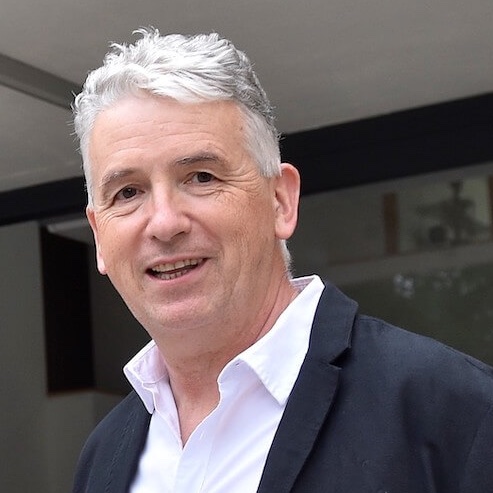
Principal investigator and academic lead with overall responsibility for the project. An archaeologist and former Director of the Institute of Archaeology of the Czech Academy of Sciences, Brno, now a senior researcher specialising in the early medieval elites and their strategies of representation and self-representation. During his 30 years of leading the Mikulčice fieldwork, he advocated for the systematic processing of the vast archaeological material uncovered at the Mikulčice-Valy stronghold and worked to highlight its significance to both scholarly and public audiences. He played a key role in establishing the Mikulčice publication series, guiding nearly 30 books through to completion. A determined promoter of the site’s unique genius loci.
doc. PhDr. Luděk Galuška, CSc.
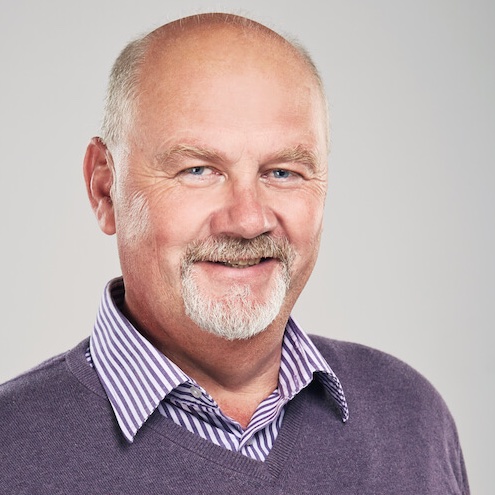
Co-investigator and academic lead responsible for the project part focusing on Staré Město – Uherské Hradiště. An archaeologist and Head of the Centre for Slavic Archaeology at the Moravian Museum who has led excavations in Staré Město for decades. During his 40-year career in the Staré Město – Uherské Hradiště agglomeration, he has researched and published numerous key finds and artefact assemblages. His work has resulted in nearly ten monographs, countless articles and studies, and a central role in the establishment of the Archaeological Open-Air Museum in Modrá. An invaluable expert and passionate populariser of Great Moravian archaeology and the Staré Město archaeological site.
Mgr. Šárka Krupičková, Ph.D.

Project coordinator responsible for project implementation and methodology. An archaeologist and researcher at the Institute of Archaeology of the Czech Academy of Sciences, Brno, specialising in interdisciplinary research on Great Moravian jewellery and the archaeological interpretation of data from scientific analyses and experimental production processes. Jewellery, particularly the hollow spherical buttons known as gombíky, serves as a means to explore the social structures of early medieval society. A driving and diligent force behind the project.
Mgr. Šimon Ungerman, Ph.D.

Team member responsible for the chrono-typological and art-historical analysis of jewellery, including comparative research between the two case-study sites and the contextualisation of results within a broader European framework. An archaeologist and researcher at the Institute of Archaeology of the Czech Academy of Sciences, Brno, and the author of key publications on Great Moravian jewellery and craftsmanship. A strong advocate of traditional processing methods, he remains a tireless and exceptionally skilled analyst of early medieval material culture, particularly jewellery.
doc. PhDr. Pavel Kouřil, CSc.
Team member in charge of comparative research on jewellery from northern Moravia and Silesia. An archaeologist and former long-term Director of the Institute of Archaeology of the Czech Academy of Sciences in Brno, currently a head of the Opava branch who specialises in the material culture of the Great Moravian and post-Great Moravian periods. He has directed numerous fieldwork seasons at the Chotěbuz-Podobora stronghold near Český Těšín and was the main author of the international exhibition Great Moravia and the Beginnings of Christianity. A highly experienced researcher in Slavic and medieval archaeology, he has an extensive publication record and serves on multiple editorial and academic boards. He is widely recognised as a leading expert on the archaeology of northern Moravia, Silesia, and Great Moravia.
Mgr. Lucie Valášková
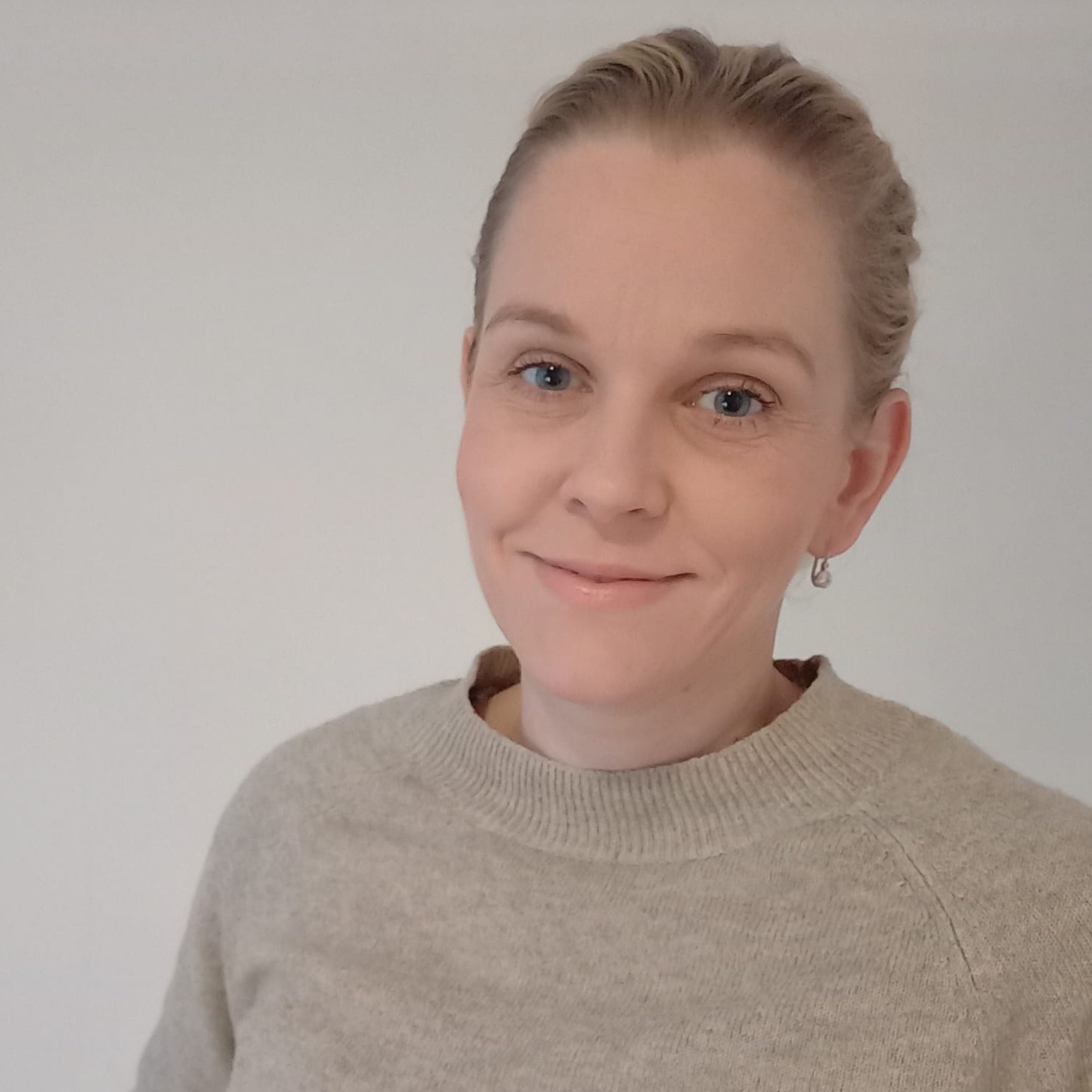
Team member responsible for technical and methodological aspects of the project and for evaluating the archaeological contexts of the jewellery finds from Staré Město – Uherské Hradiště. An archaeologist at the Centre for Slavic Archaeology of the Moravian Museum who specialises in the material culture of the Early Middle Ages and the development of Great Moravian settlement structures within the Staré Město – Uherské Hradiště agglomeration.
Jakub Langr, Bc.
Team member responsible for the recording and documentation of jewellery from Staré Město – Uherské Hradiště and for evaluating its archaeological context. An archaeologist and documentation specialist at the Centre for Slavic Archaeology of the Moravian Museum, specialising in early medieval material culture and settlement development in the Middle Course of the Morava River between the 6th and 12th centuries. A highly skilled field archaeologist.
Mgr. David Hons
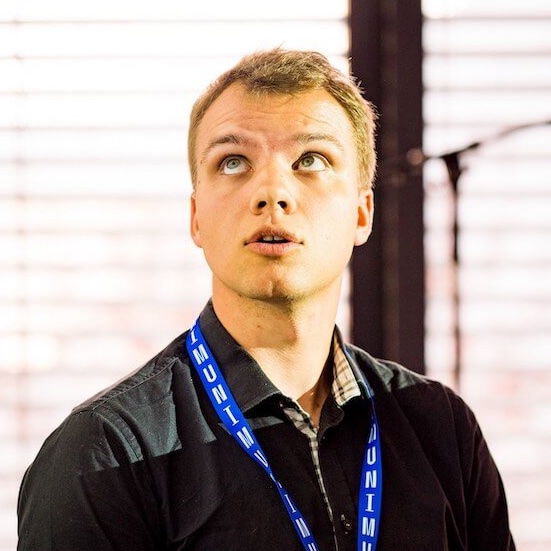
Project team member responsible for cataloging and documenting jewelry from Staré Město – Uherské Hradiště-Sady. Archaeologist and documentalist at the Institute of Archaeology of the Moravian Museum, specializing in material culture from prehistory to the early Middle Ages, sample selection methodology for analysis from large find assemblages, and preservation protocols for valuable artifacts.
Michał Płygawko, MSc.

Materials analyst responsible for SEM-EDS analysis of the jewellery. A specialist at the Institute of Archaeology of the Czech Academy of Sciences, Brno, with experience from both Czech and international research institutions. He joined the project driven by a desire for knowledge and the opportunity to contribute to interdisciplinary research. A welcome addition to the team, bringing insights from technical sciences into archaeological research.
Martin Fořt, DiS.
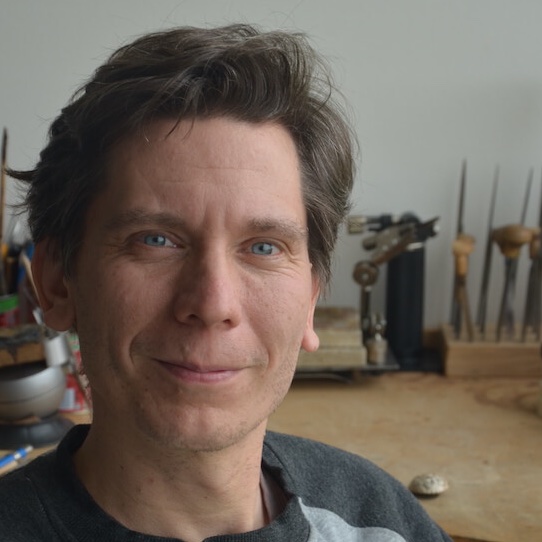
Team member responsible for the conservation and restoration of jewellery, the study of Great Moravian jewellery-making techniques, and the development of conservation methodology. A conservator-restorer at the Institute of Archaeology of the Czech Academy of Sciences, Brno, licensed by the Ministry of Culture of the Czech Republic to work on portable artefacts of national cultural heritage, and an accomplished goldsmith. An indispensable team member with extensive experience in archaeological conservation and restoration.
Mgr. Jana Fořtová Torňošová
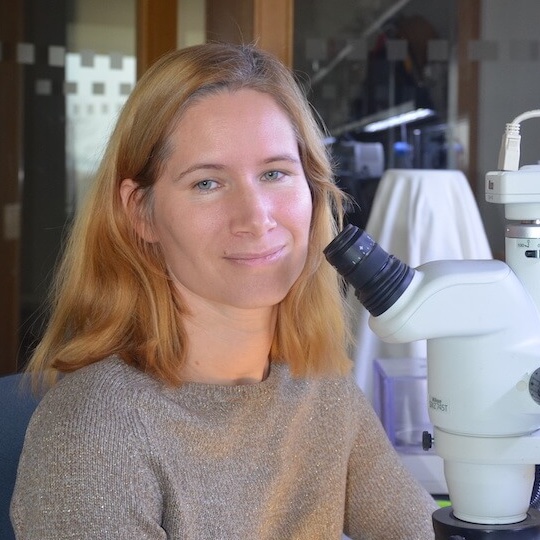
Team member responsible for specialised conservation and documentation tasks. A conservator-restorer at the Institute of Archaeology of the Czech Academy of Sciences, Brno, specialising in the conservation of glass, ceramics, bone, and antler artefacts. A trusted collaborator known for her precision and attention to detail.
Ing. Zdeňka Pavková
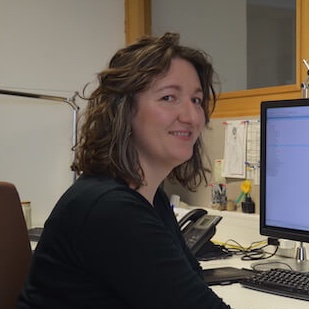
Team member responsible for processing archival documentation and preparing graphic outputs for the project. A staff member at the Editorial Office of the Institute of Archaeology of the Czech Academy of Sciences, Brno, and the designer behind numerous publications and popularisation materials. Though a graduate engineer in microbiology, she is a skilled and efficient editor with a sharp eye for graphic design.